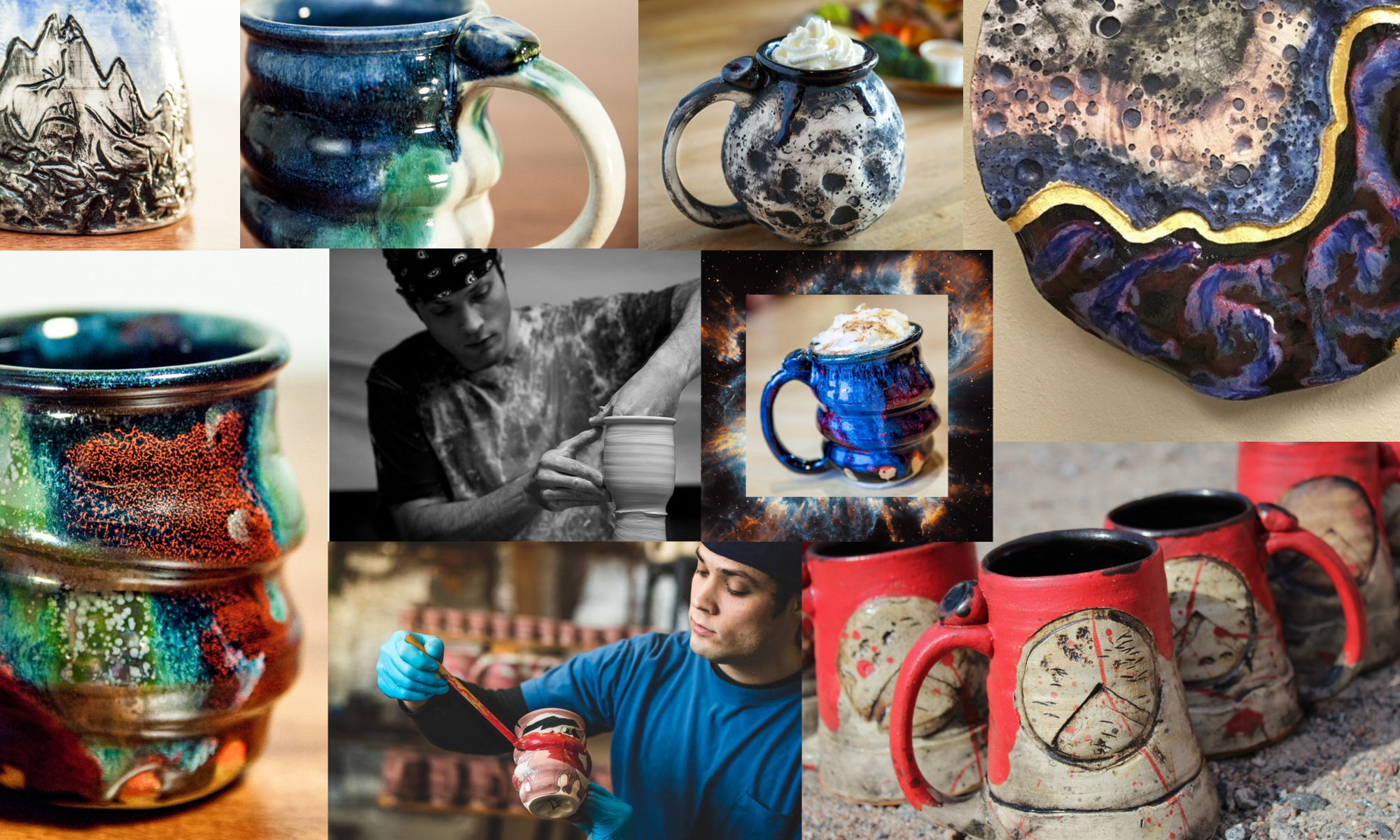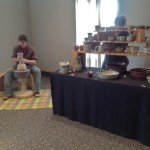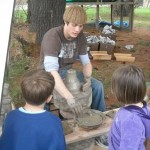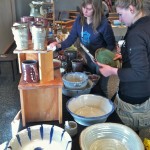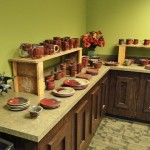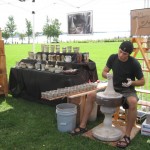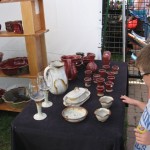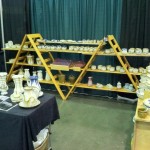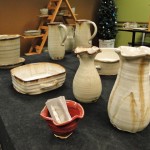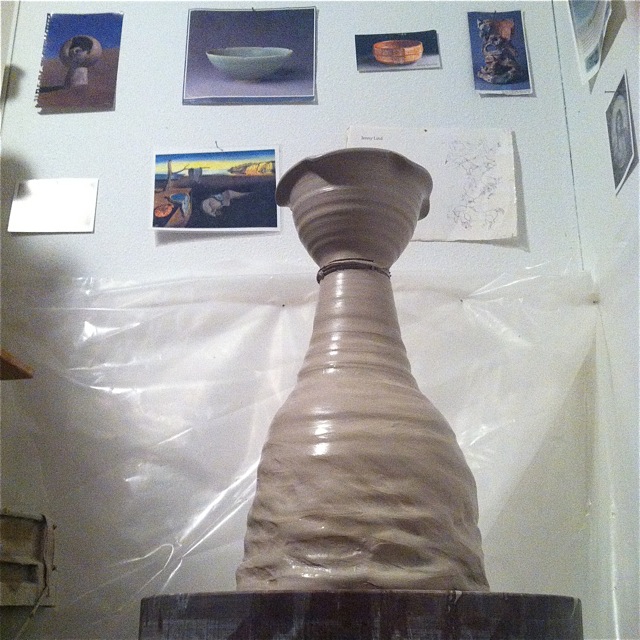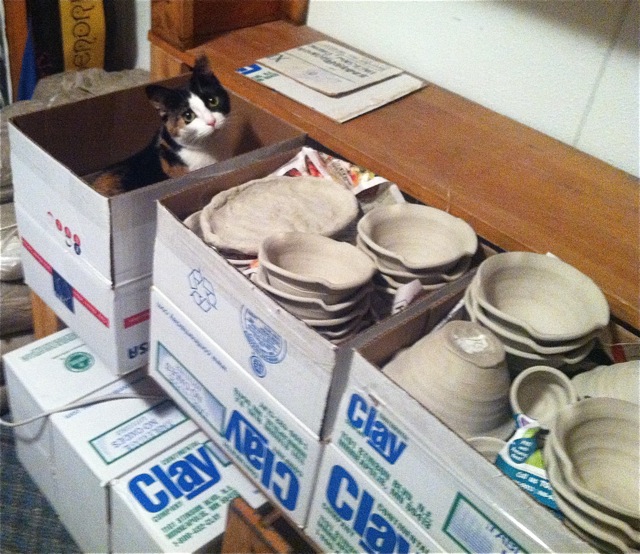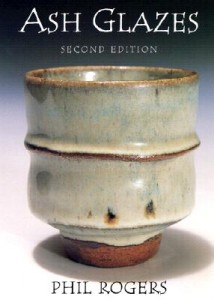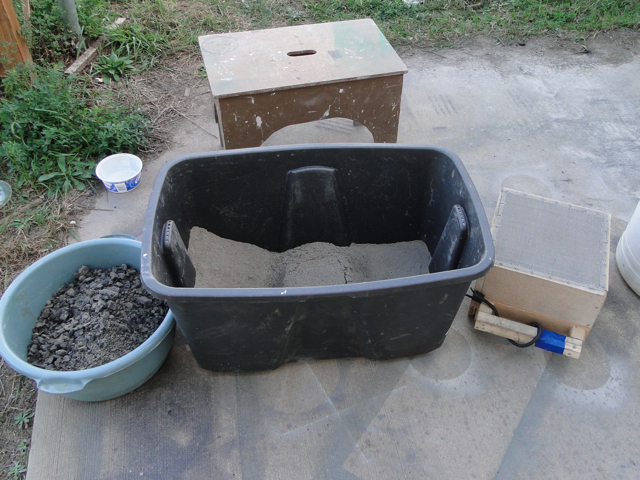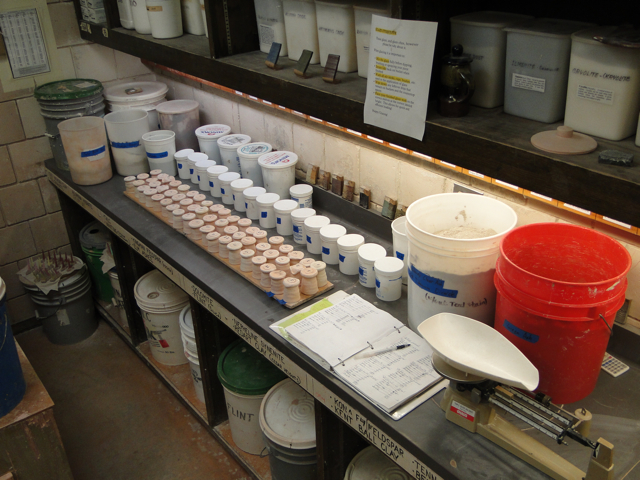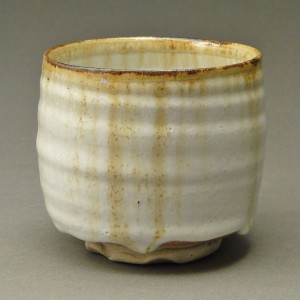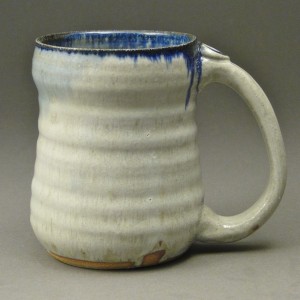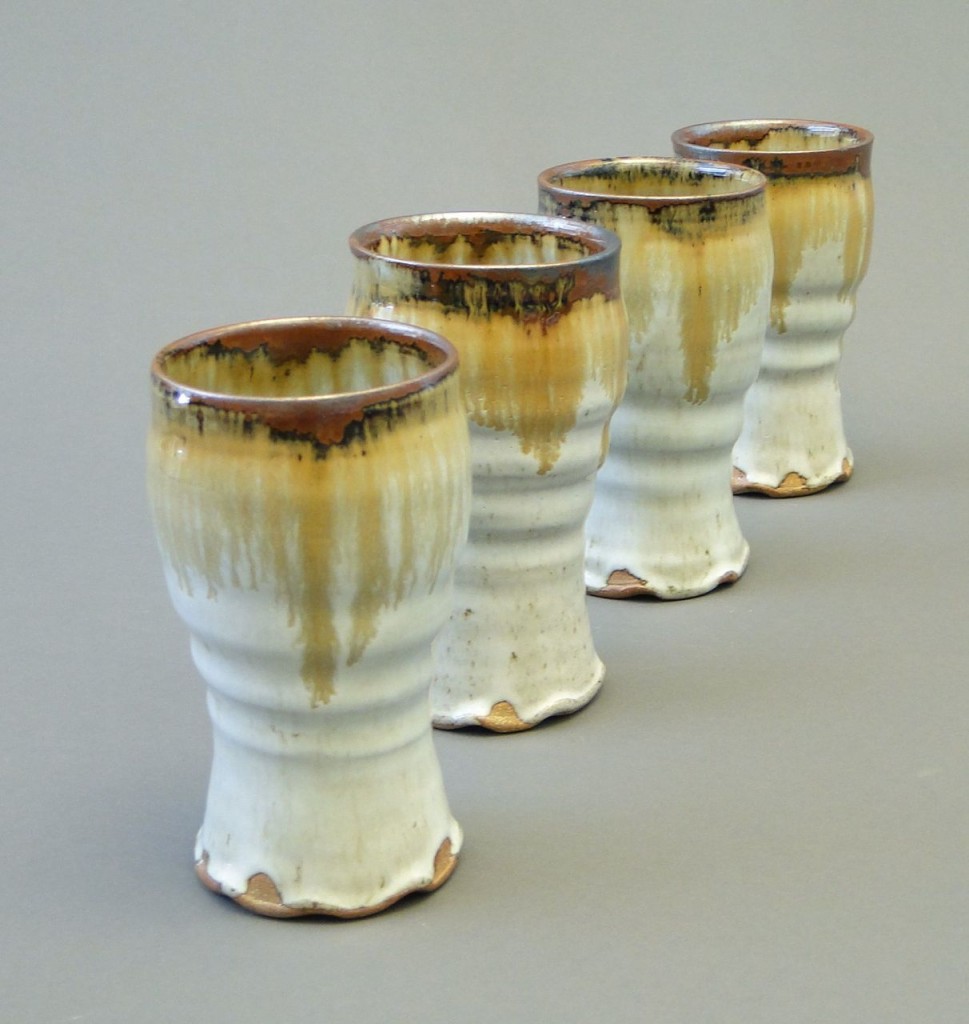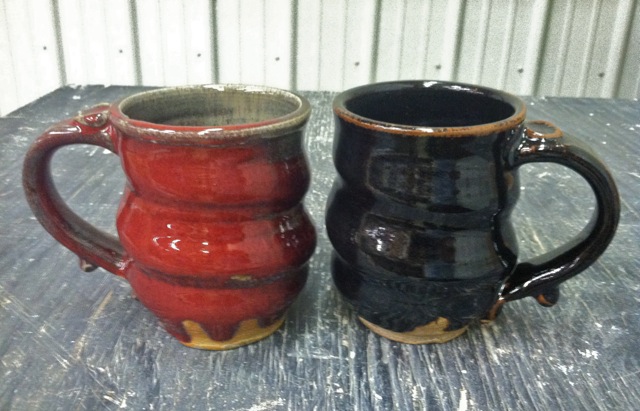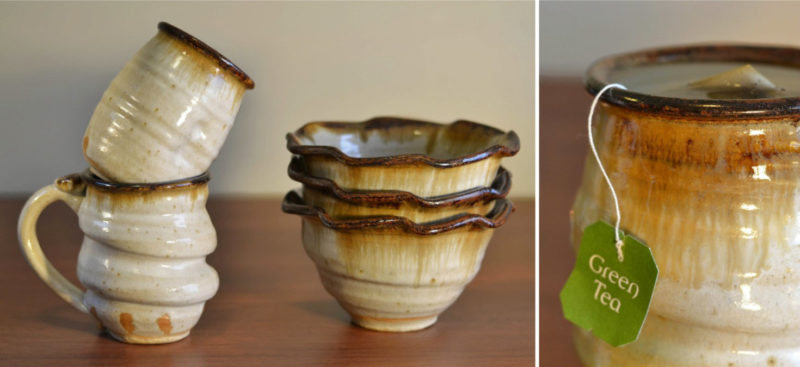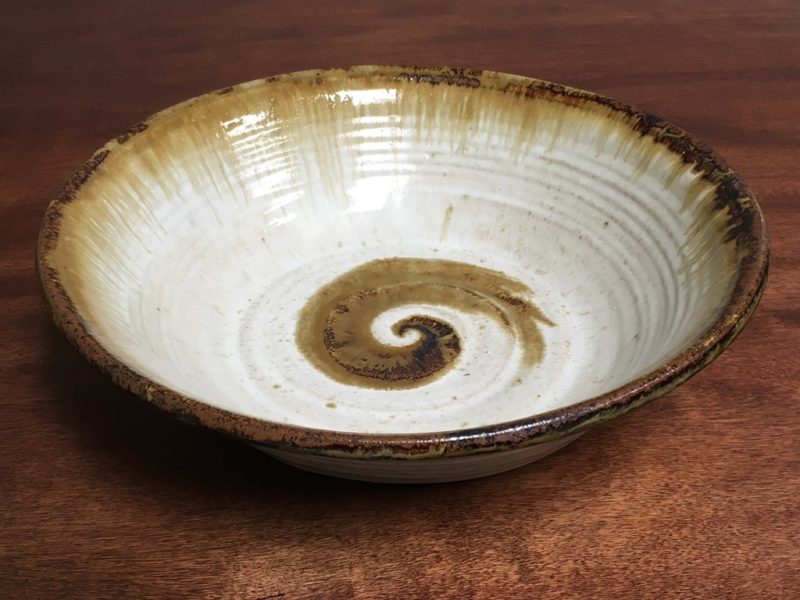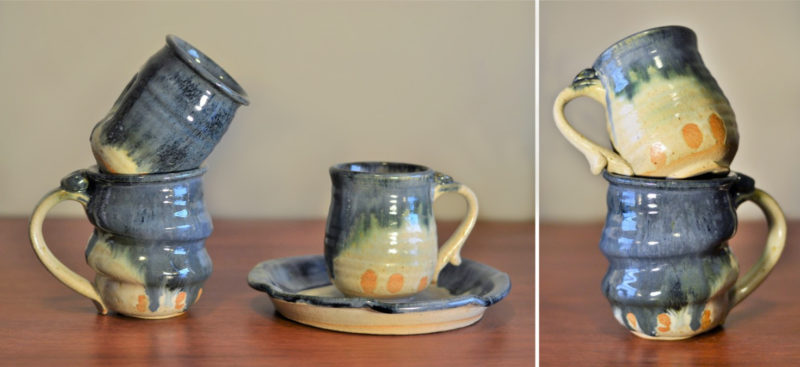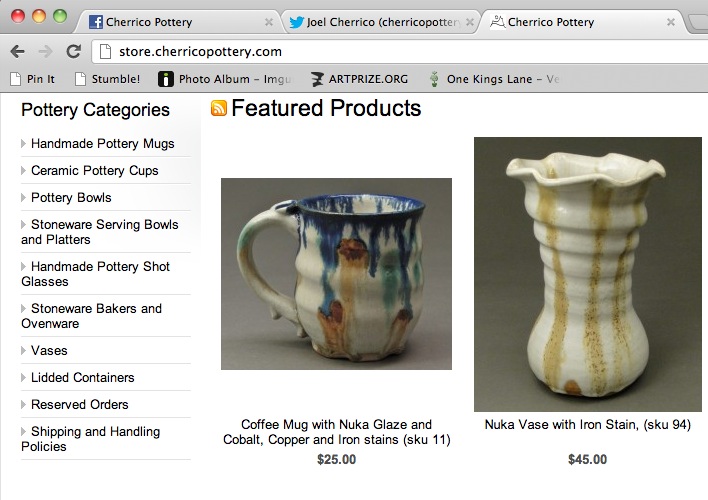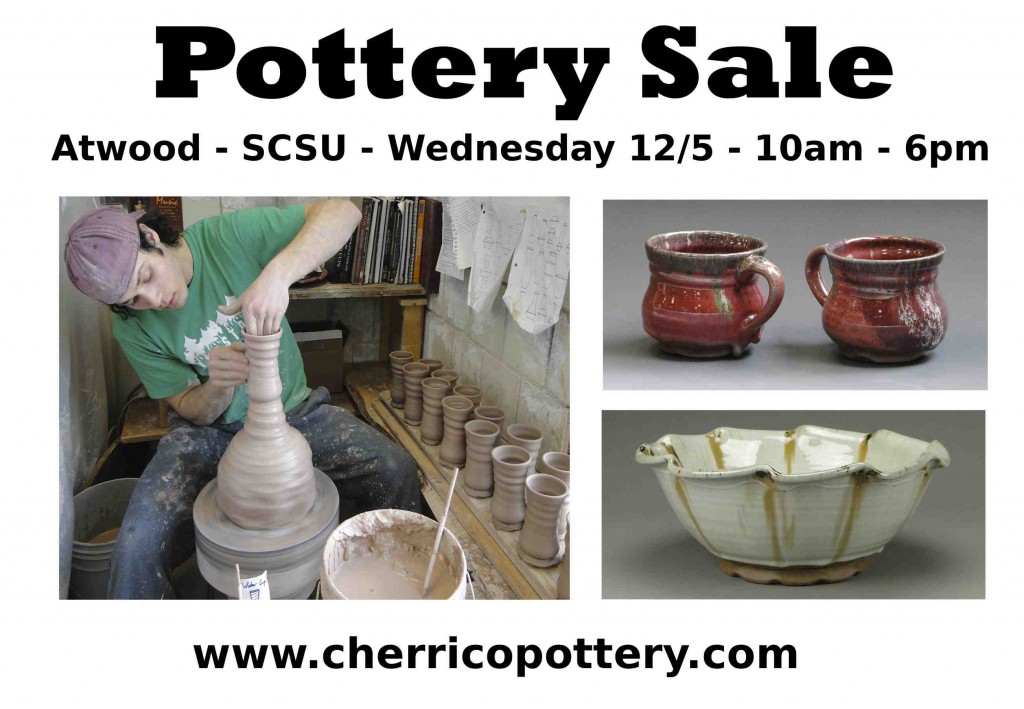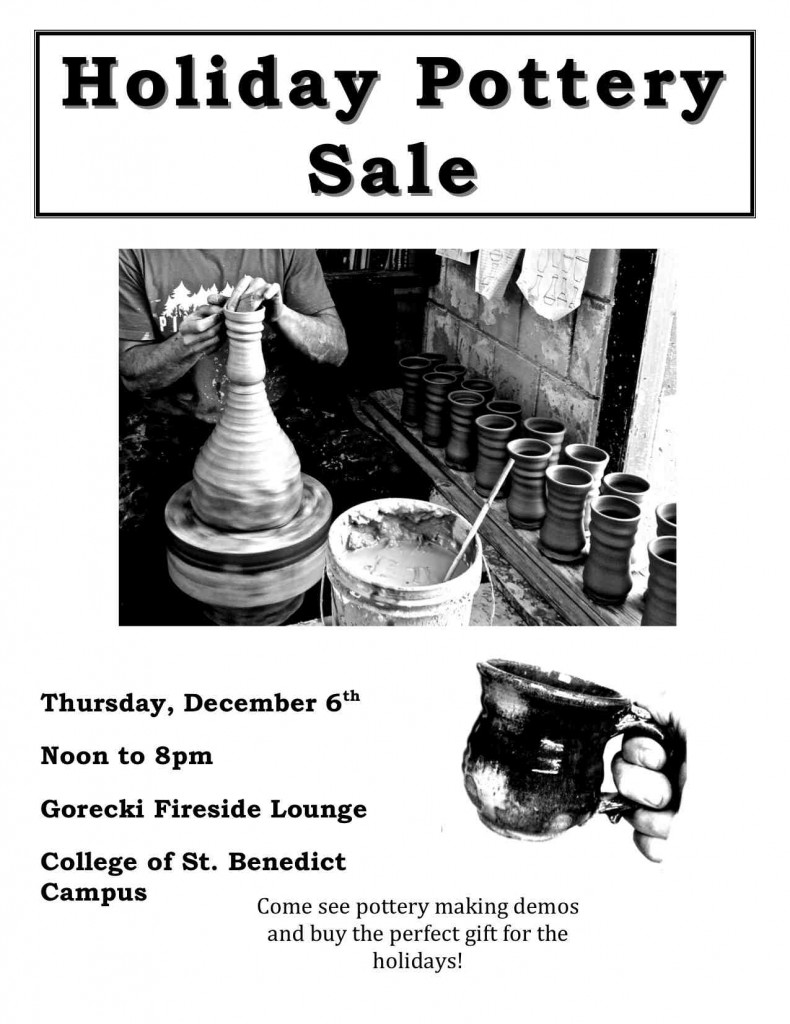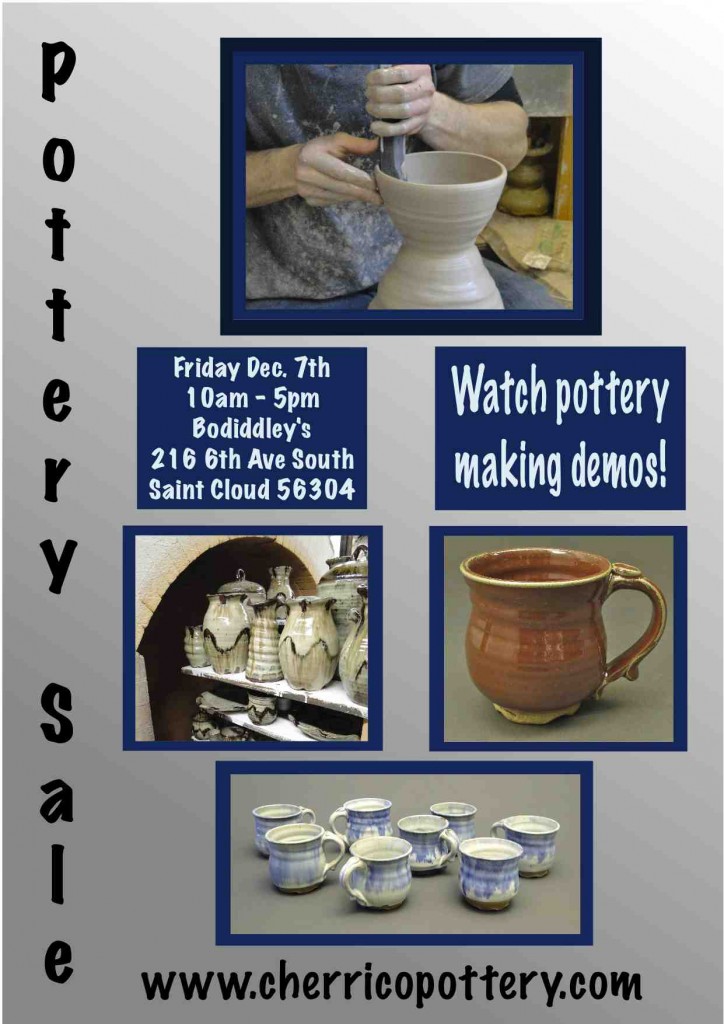During a time when soaring gas prices and economic hardships are commonly discussed across national media, what role do artists play by selling their handmade works? How much value do local, handmade objects hold in comparison to machine made, globally shipped goods? Should artists participate in art festivals and single day sales? Are these shows meant for crafts, fine art, or both? Are they profitable for the artists? I constantly ask these questions in regard to my own career.
It’s also important to note that my experiences reflect only shows that I am able to attend as an emerging artist, early in my career. While I have not been accepted to more prestigious art festivals and nationwide craft shows, my hope is that this post gives a bit of useful information to young artists who want to begin showing and selling their work publicly.
My short answer is yes! Absolutely these shows are worth it. Depending on the show, these events can provide low cost, low risk opportunities to generate short term cash and connect with new art lovers.
But when do they become too much work for the money generated? At what point do the comments like, “I like this, but $30 is too expensive” and “Well, do you have any in blue?” cause artists to stop attending shows?
In 3 different conversations with 50+ year old potters, they all said the same: “About 5-10 years ago, it was common for me to have a $1,000 day at an art festival, but not anymore!” Over the past 5 years (since my sophomore year in college) I’ve done over 50 different shows. I’ve never had a $1,000 day at an Art Festival.
My Experiences with Art Festivals and Individual Shows:
Most shows involve bringing my pottery, shelving and sometimes a wheel and clay to demonstrate and show/sell work for 1-3 days. The average space is 10′ x 10′ with booth fees ranging from free up to $425. Here are the types of shows that I’ve done, in no particular order:
- 1-2 day Art Festivals, locally and across Minnesota and Iowa
- Art crawls, gallery events, studio tours
- Outdoor music festivals
- Indoor theater productions, conventions, showcases and expos
- Local farmers markets
- Individual shows at site specific venues, like college campuses, wine shops, wedding reception halls, and home shows
Some shows are better than others, and it takes time and hard work to figure out which shows to pursue and which to avoid. Here is a selection of 10 different shows that have shaped my career. I’ve included helpful notes and sales figures:
- Market Monday: Sartell, MN farmer’s market. 19 individual shows since summer of 2012, alongside food vendors, often demonstrating with my pottery wheel. Cost: about $20 per day. Sales: low of $0, high of $550.
- Bo Diddley’s Show/Sale: St. Cloud, MN, indoors in a small restaurant, December of 2012, throwing demo, no other vendors. Cost: 4 free bowls for the owners. Sales: $35.
- Women’s Showcase: St. Cloud, MN, 1 day, large setup of my best pottery, next to other local businesses, no other individual artists. Cost: $80 (if I remember correctly) Sales: $61.50.
- Celebration of the Arts: Avon, MN, 2 days, large setup of my best pottery, with $5-10 cups and mugs, about 30 artists, 5-7 potters. Cost: $50. Sales: $677 in 2011, $652 in 2012.
- Millstream Arts Festival: St. Joseph, MN, 1 day, large setup of my best pottery, about 30-40 artists and musicians, 3-5 potters. Cost: $80. Sales: $794.36 in 2011, $241 in 2012.
- Backroads Pottery Tour: St. Joseph area, MN, 2 days, large setup of my best pottery, throwing demos, all potters, 2-3 at each venue, 5 venues. Cost: $50. Sales: $639.10 in 2011, $1,040 in 2012.
- Duluth Art in Bayfront Park: 2 days, large setup of my best pottery, about 30-40 artists and musicians, 3-5 potters, consider 3 days time and travel expenses to Duluth. Cost: $325 in 2011, $425 in 2012 (double booth, throwing demos). Sales: $1,648.24 in 2011, $1,163.25 in 2012.
- Pottery at First Avenue Wine House, 2012: 2 days in July, Cedar Rapids, IA, outdoors (HOT!) large setup of my best pottery, no other artists. Cost: no cost from the generous owners and family friends. Sales: $4,330.32
- Iowa Holiday Show/Sale, 2010: 1 day, late November, large setup of my best pottery, premier showing of my work right out of college, event hall for music shows and wedding receptions in Cedar Rapids, IA, called Gatherings, no other artists. Cost: $300. Sales: $4,339
- Iowa Holiday Show/Sale, 2011 & 2012: 2 days, large setup of my best pottery, in Marion, IA at a small coffee shop called Mr. Beans, in their small conference room, no other artists. Cost: 2 large serving bowls for the owners. Sales: $2,725.51 in 2011, $1,678.60 in 2012.
Important Takeaways:
- Sales can decrease in consecutive years, even if your artwork improves.
- Sales around Christmas are not necessarily higher.
- Throwing demonstrations do not seem to help or hurt sales.
- Always consider your time, even if you don’t give it a dollar amount. If I sell less than $300 in a day then I probably won’t sign up for a show the next year.
- I recommend experimenting with prices. Since January 2013, I’ve reduced my prices from $25 per mug and $85 per serving bowl to $10 per mug and $25 per serving bowl only at the Sartell Farmer’s Market. Sales have been over $500 at 4 monthly farmers markets so far, compared to a $309 high previously. I keep high prices at galleries, coffee shops, and my online store, and reserve these venues for my strongest pots. At the market, I bring my 2nds, 3rds and 4ths…I think that even if a pot has qualities that I don’t like, it has the potential to enrich someone else’s life. Customers seem to understand the “what you see is what you get” model of discounted prices only at certain shows and certain times in my career.
There are lots of other ways to sell: online, through galleries, retail stores, whole sale, commission based, and creating innovative business models. It’s important to note that sales through my innovative business model developed for the Local Blend coffee shop have been higher than all art festivals and galleries combined, and equal to my individual shows and sales. I expect sales at Up Cafe in northeast Minneapolis to be equal or higher than the Local Blend sales in the coming months.
[wppa type=”photo” photo=”62″][/wppa]
My hope is that this post gives a bit of useful information for emerging artists that are one the fence about selling their work to the general public. Be open to all opportunities for showing your work, but I encourage all artists to develop innovative ways to show and sell. I’m convinced innovation brings the highest level of success.
